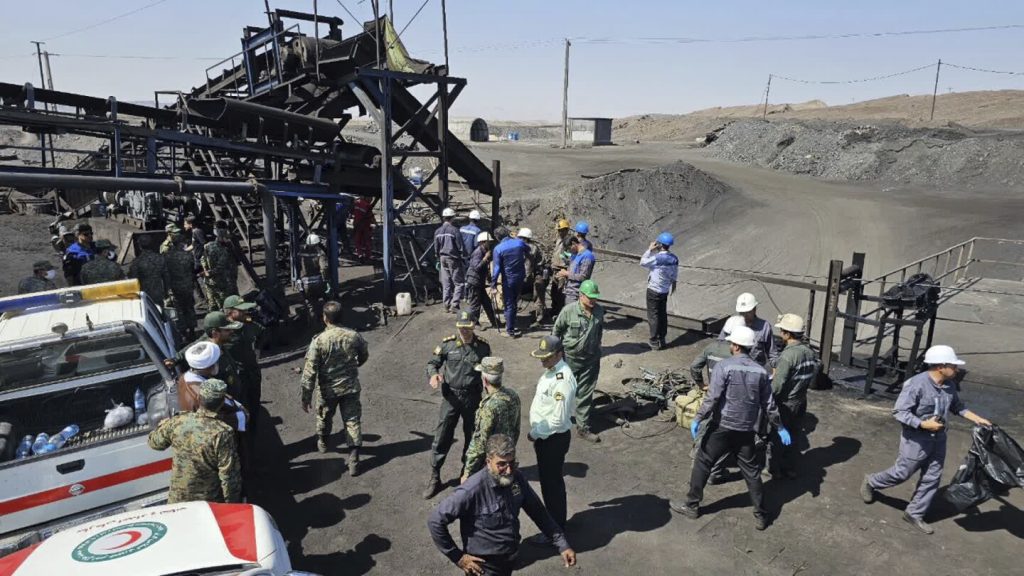The explosion at a coal mine in Tabas, Iran, resulted in the deaths of at least 32 miners and left 17 others injured, with 18 more believed to be trapped inside. The incident, which occurred late Saturday, has prompted a swift response from authorities, who are dispatching emergency personnel to the area to assist with rescue efforts. The mine, located about 540 kilometers southeast of Tehran, had around 70 workers present at the time of the blast. President Masoud Pezeshkian has called for all possible efforts to be made to rescue those trapped and provide support to their families, while also ordering an investigation into the explosion.
As an oil-producing country, Iran is also rich in various minerals, with coal being a significant resource. Despite annual consumption of around 3.5 million tons of coal, the country only extracts about 1.8 million tons from its mines per year, leading to the need for imports to meet demand, particularly for use in steel mills. The mining industry in Iran has suffered previous disasters, with incidents in 2013, 2009, and 2017 resulting in multiple fatalities. The recurring tragedies are often attributed to lax safety standards and inadequate emergency services in mining areas, raising concerns about worker safety and the need for stricter regulations.
The latest coal mine explosion in Tabas highlights the ongoing risks faced by miners in Iran and underscores the urgent need for improved safety measures and emergency response protocols in the country’s mining industry. With a history of fatal incidents and a dependence on imported coal to meet demand, Iran must address these challenges to safeguard the lives of workers and prevent future tragedies. President Pezeshkian’s call for a thorough investigation into the explosion signals a commitment to accountability and transparency in addressing the root causes of such disasters, as well as ensuring justice for the victims and their families.
Efforts to rescue the trapped miners in Tabas are ongoing, with emergency personnel working tirelessly to reach them and provide necessary aid. The challenging conditions at a depth of 700 meters below the surface pose significant obstacles to the rescue operation, requiring specialized equipment and expertise. As the world watches, Iran’s response to this crisis will be closely scrutinized, with expectations for a coordinated and effective effort to save lives and prevent further loss. The tragedy serves as a sobering reminder of the dangers faced by those working in the mining industry and the critical importance of prioritizing safety and preparedness in such high-risk environments.


